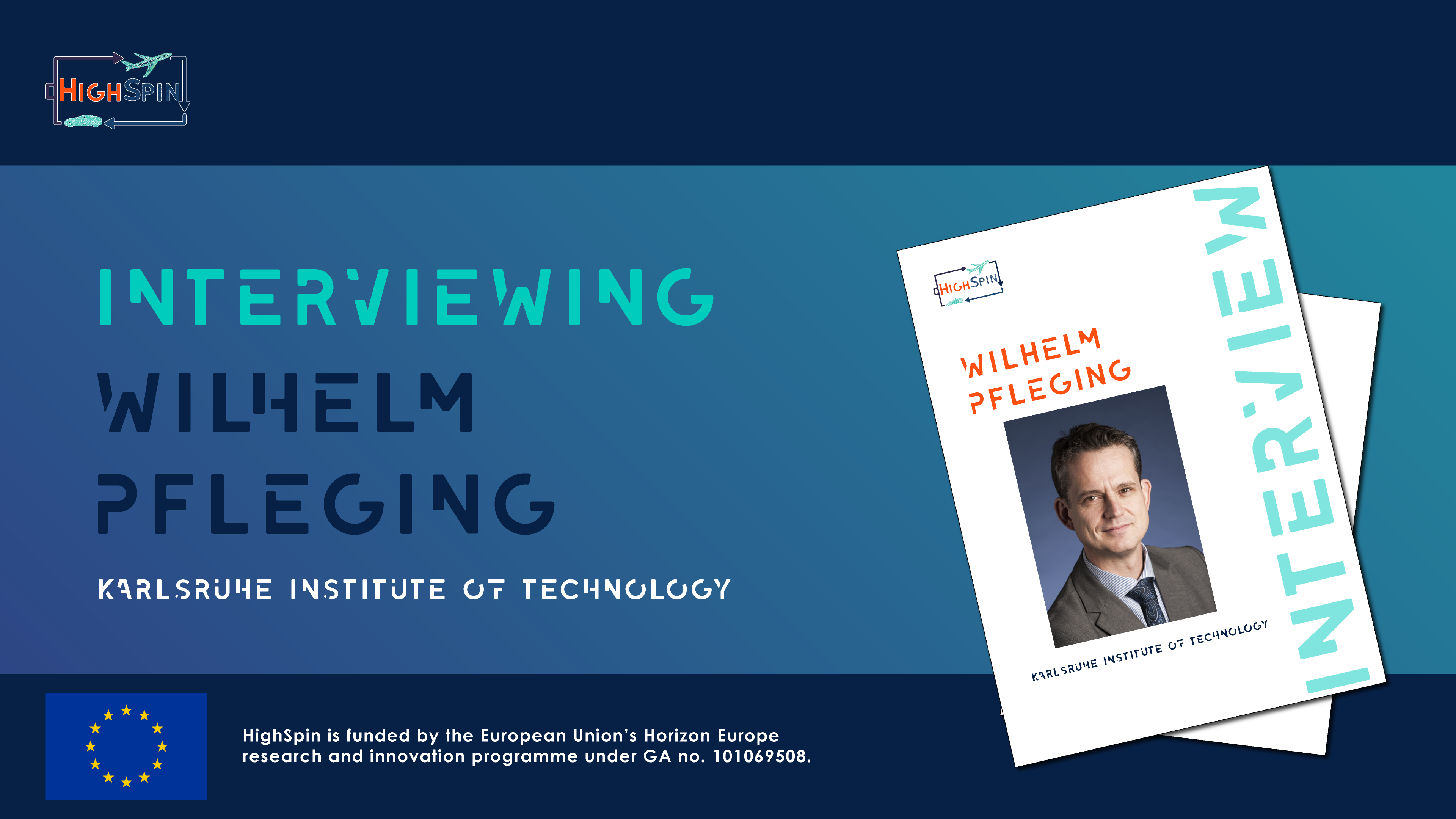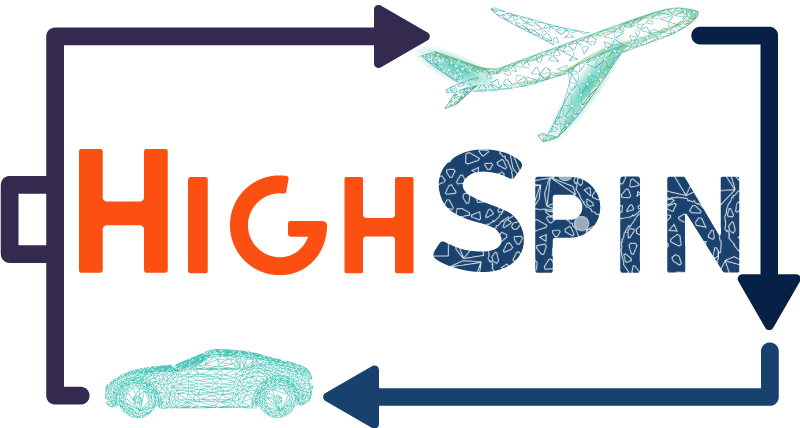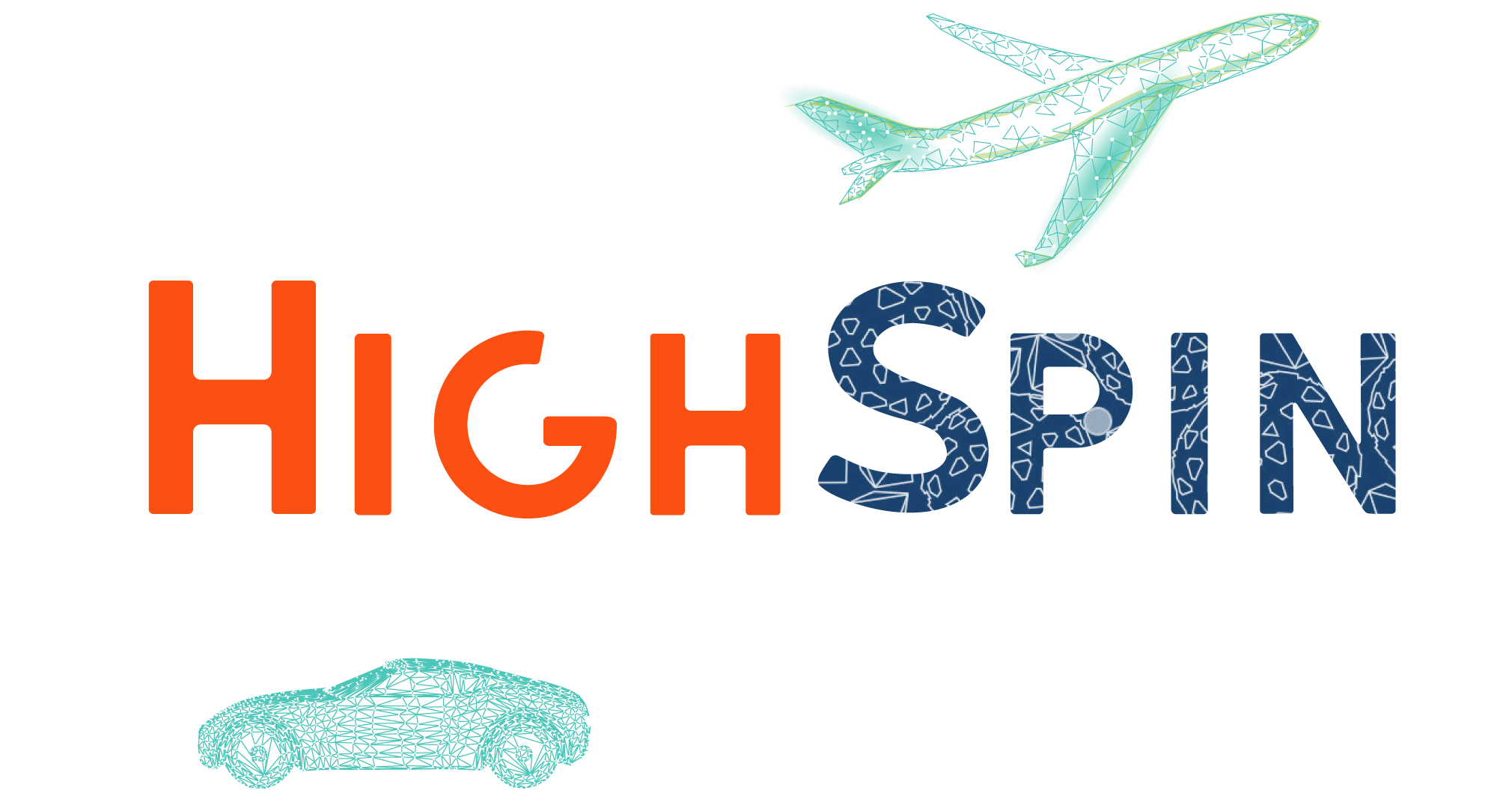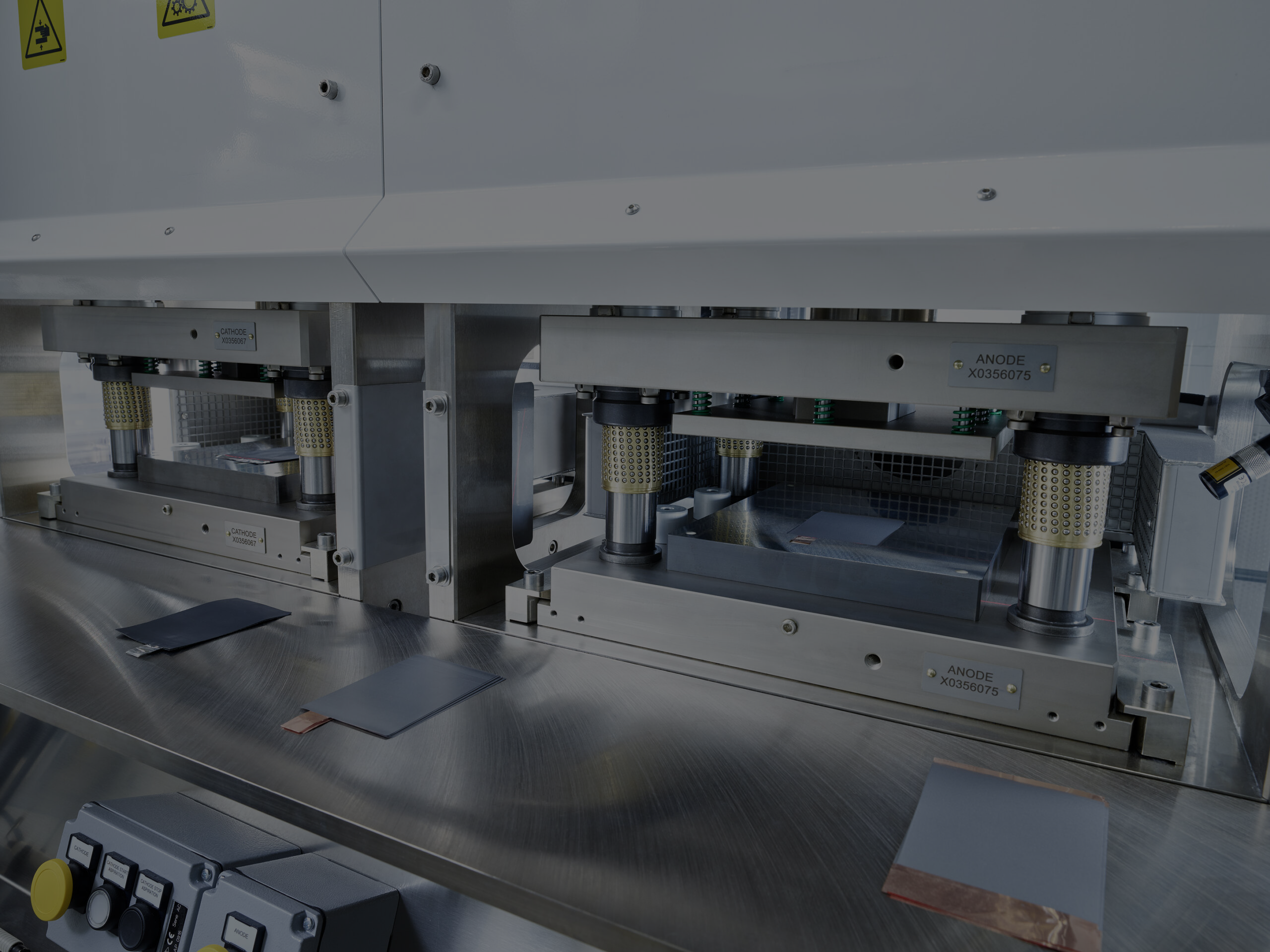
We are pleased to introduce a new series of interviews with the partners of the HighSpin consortium. This series aims to provide a closer look at the researchers and experts working on the projects that will impact our future. Through these conversations, we want to give you a glimpse into the people behind HighSpin and share their stories, insights, and the important work they are doing.
Join us as we get to know the people whose dedication and expertise are driving the HighSpin project.
What is your role in the project?
I am supporting and supervising the ultrafast laser structuring of electrodes as well as the corresponding analytics (electrochemical and materials analytics) performed at KIT. Laser-induced breakdown spectroscopy applied to electrodes is one of our key technologies that we are providing for the project.
What research are you conducting at your Institution and how is it applied in the HighSpin project?
Development of 3D electrode architectures for high mass loaded cathodes and anodes. The main perspective is to increase cell lifetime, to increase cell safety by a significantly delayed lithium plating, and to enhance the high-rate capability of lithium-ion cells, i.e., enabling high power and high energy operation at the same time. In addition, a homogenized electrolyte wetting is targeted leading to significant drop in scrap rate.
How do you collaborate with other partners in the HighSpin project to achieve your goals?
A strong cooperation is required to all partners since the modification if the electrode design has a strong impact on all parts of the project goals. However, a strong cooperation is especially given to the partners responsible for coating and electrode development: Binder distribution is measured at KIT to evaluate coating parameters (e.g., drying conditions); ultrafast laser structuring of electrodes has an impact on mass loading and electrode architecture on particle level which has to be considered already during electrode coating and development. In case of multilayer coating, laser structuring will be performed in between of coating steps, so that a strong interaction with the involved partners (anode and cathode development) is required. Finally, the electrode architecture has to be adapted with regard to the application scenario to achieve optimized electrochemical performance data and a maximum in cell lifetime.
How is your institution benefiting from participating in the HighSpin project?
For the first time, the 3D laser battery concept developed at KIT will be transferred to the module level, which will help us to further advance this relatively new research area in the direction of application and for new research topics. Based on the project results, KIT can apply for and initiate new research projects for next generation, post-lithium, and solid-state 3D batteries. The results of the project are used for lectures at KIT to train young scientists.
How do you envision the results of HighSpin contributing to a more sustainable world?
Project results will contribute to more reliable energy storage systems. A notable impact on sustainability is expected due to increased safety, a reduced scrap rate, and a significantly extended cell lifetime. Furthermore, the use of LMNO instead of Co-containing cathode materials will provide an additional benefit in terms of sustainability.
Looking to the future, what impact do you think the HighSpin project will have on the industry and society as a whole?
Laser technology is still about to be introduced in battery production. HighSpin will significantly increase the acceptance of this new technology in the industry and thus have a direct impact on the establishment of this new technology field. Due to the significant improvement in product quality and performance, a higher acceptance of electromobility (airplane, car) is also generally expected in society. In addition, it can be assumed that the project results will also provide significant impetus for stationary energy storage systems, which will accelerate the energy transition process, which is important for society.
What do you like to do outside of work? Favourite hobbies or pastimes?
Jogging, opera, travel, work in garden, cats


